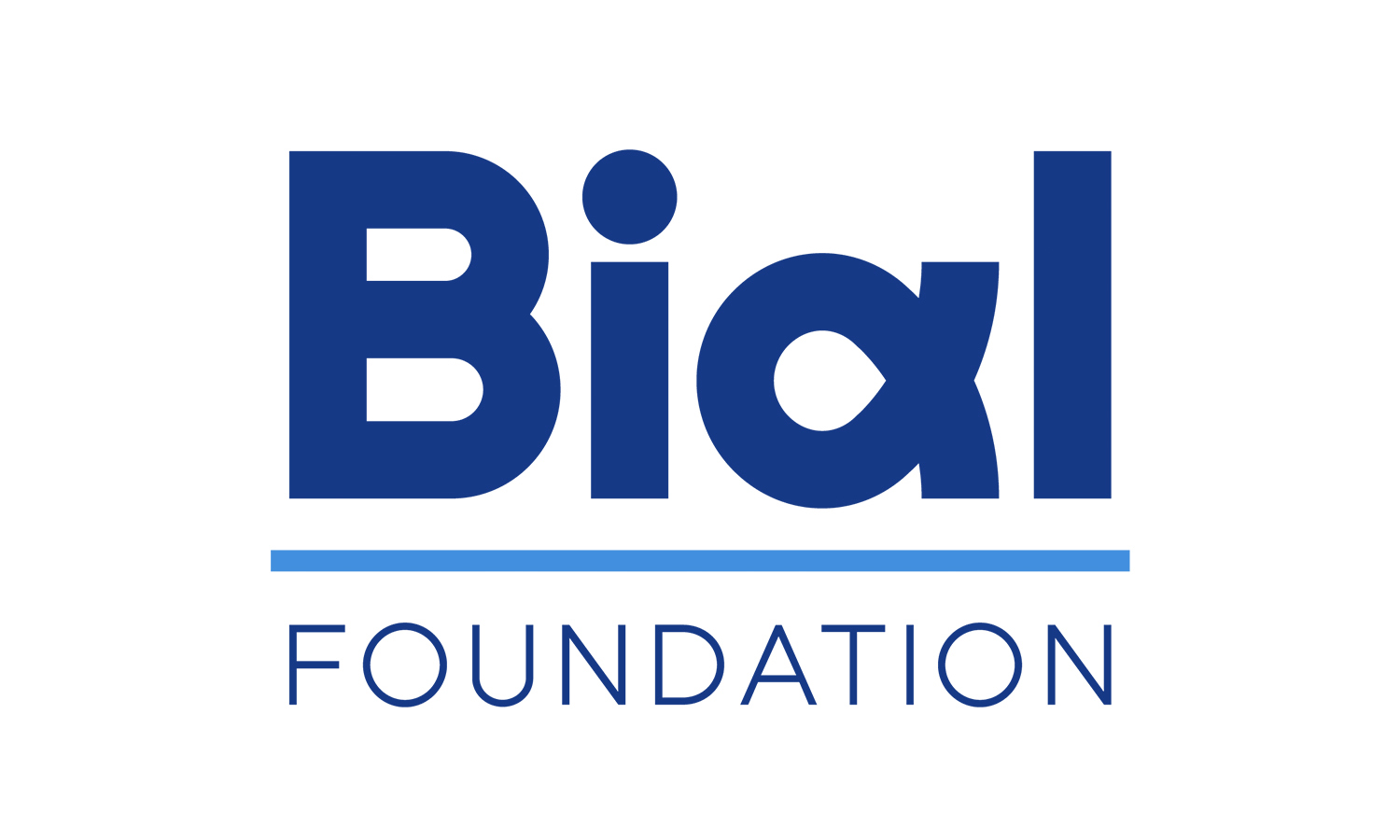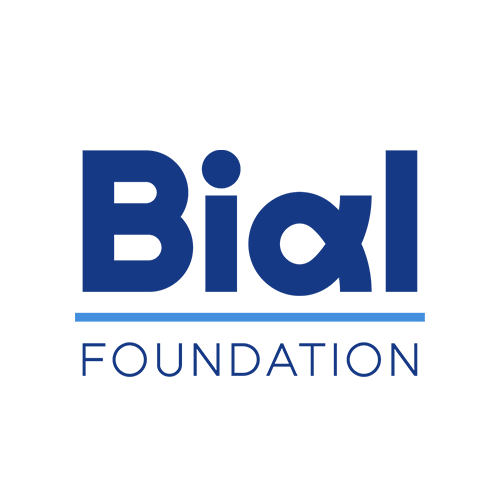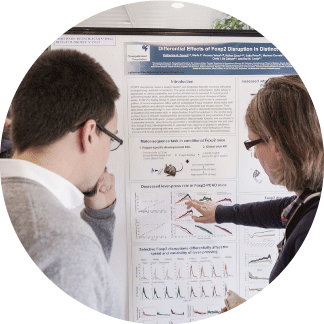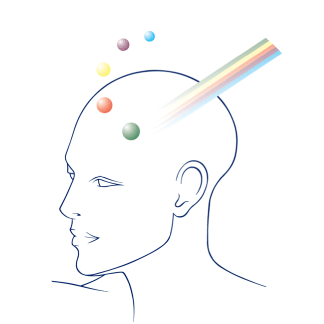News
Top Stories

Is it possible to regulate the feeling of disgust by imaginary placebo pill intake?
A study compared the effects of a placebo pill and an imaginary pill in reducing visually induced disgust.

Web-based mindfulness intervention improves memory and attention in the elderly
A research team assessed cognitive, psychological and physiological outcomes of a mindfulness-based intervention in healthy older adults.

Identification of a molecule involved in fear extinction opens avenues for new therapies for anxiety
The discovery of mediator responsible for altering fear memories could contribute to the creation of new therapies for the treatment of anxiety disorders.
News
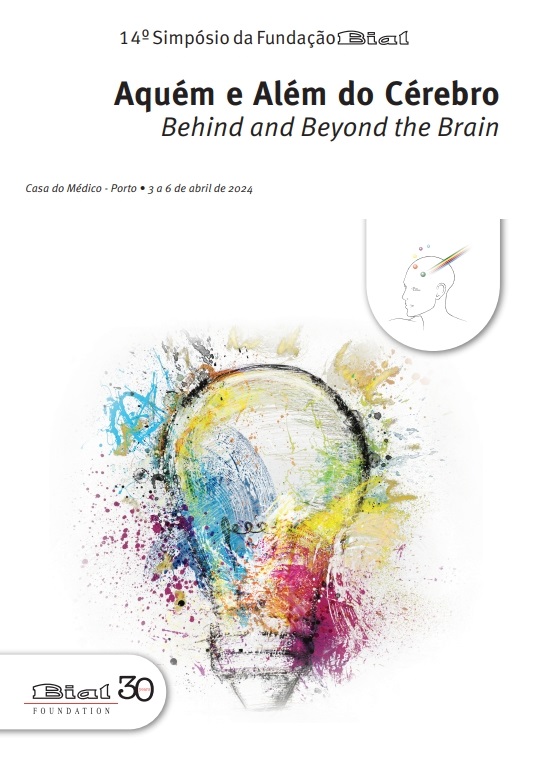
The Proceedings of the 14th Symposium of the BIAL Foundation is now available
The BIAL Foundation has just published the Proceedings of the 14th "Behind and Beyond the Brain" Symposium on the theme “Creativity”.
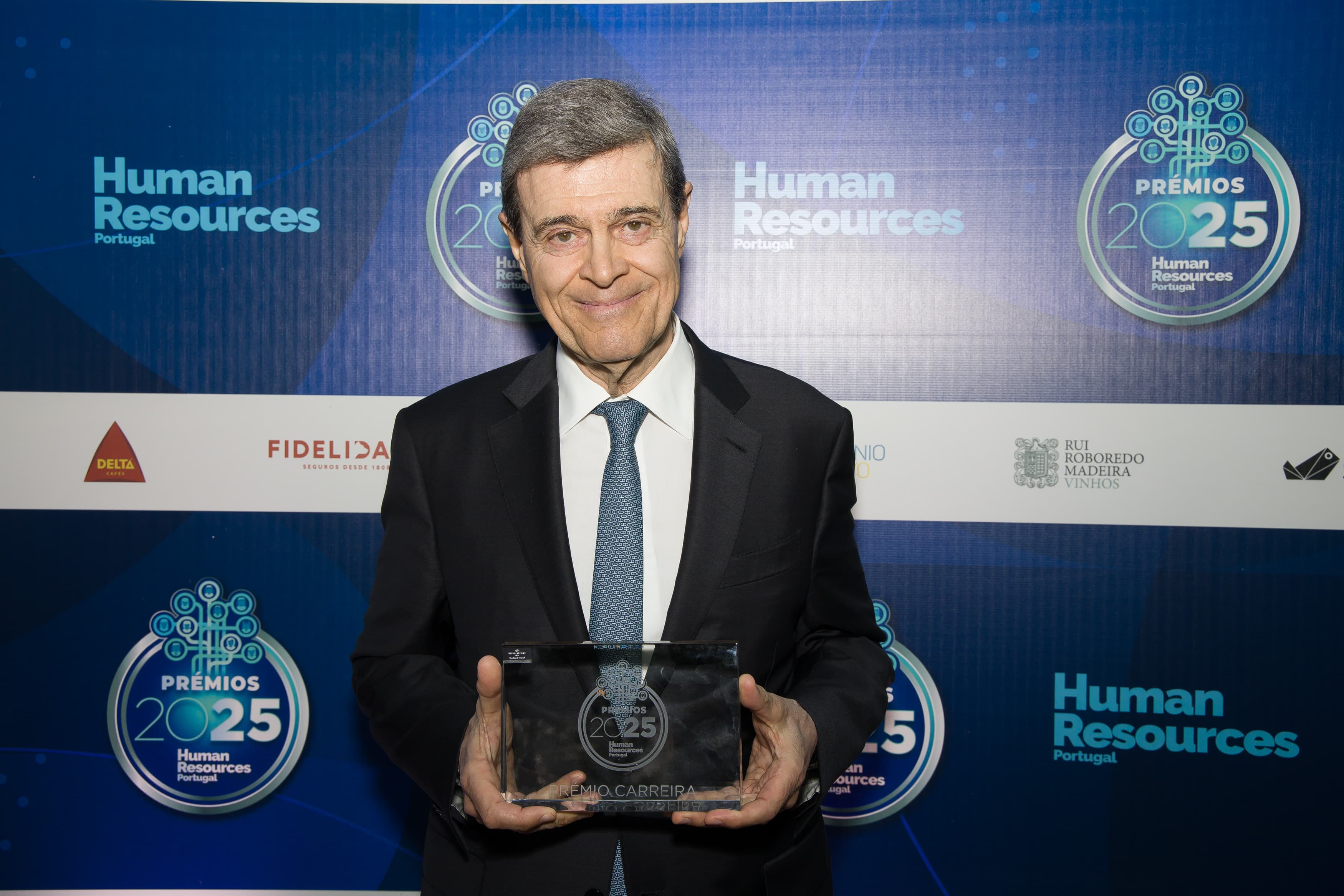
Luís Portela honoured with Career Award by Human Resources
The chairman of the BIAL Foundation, Luís Portela, was honoured with the Career Award by Human Resources Portugal.

How does the brain track the rhythm of music?
A study reinforces the idea that music, although culturally rich and diverse, is grounded in mechanisms deeply rooted in our biology.

